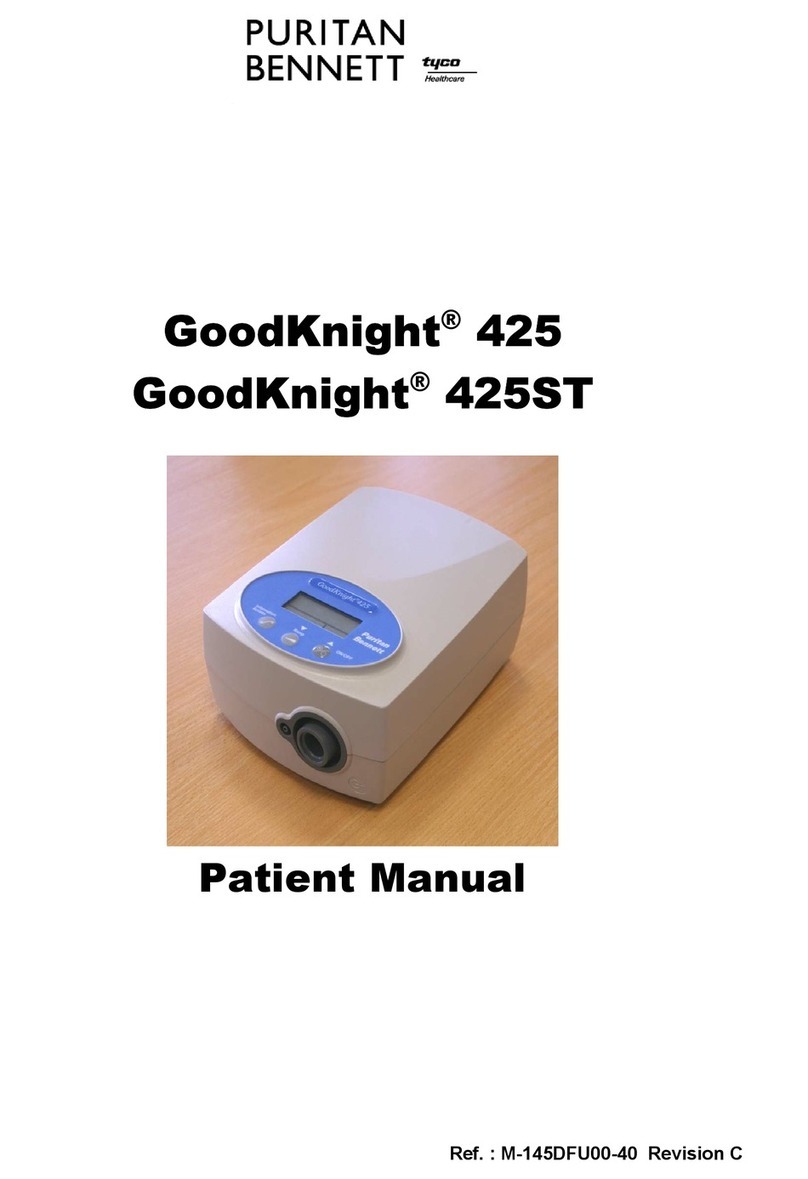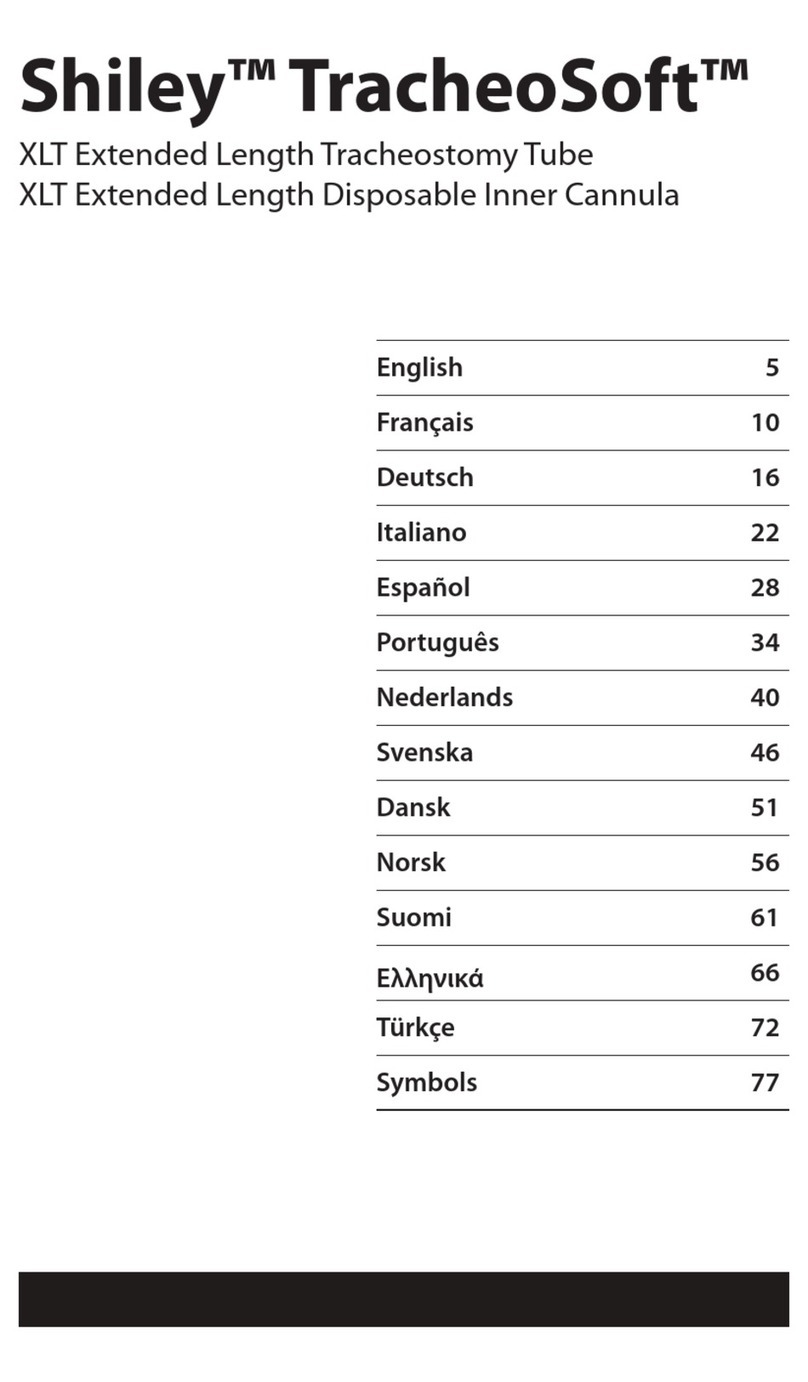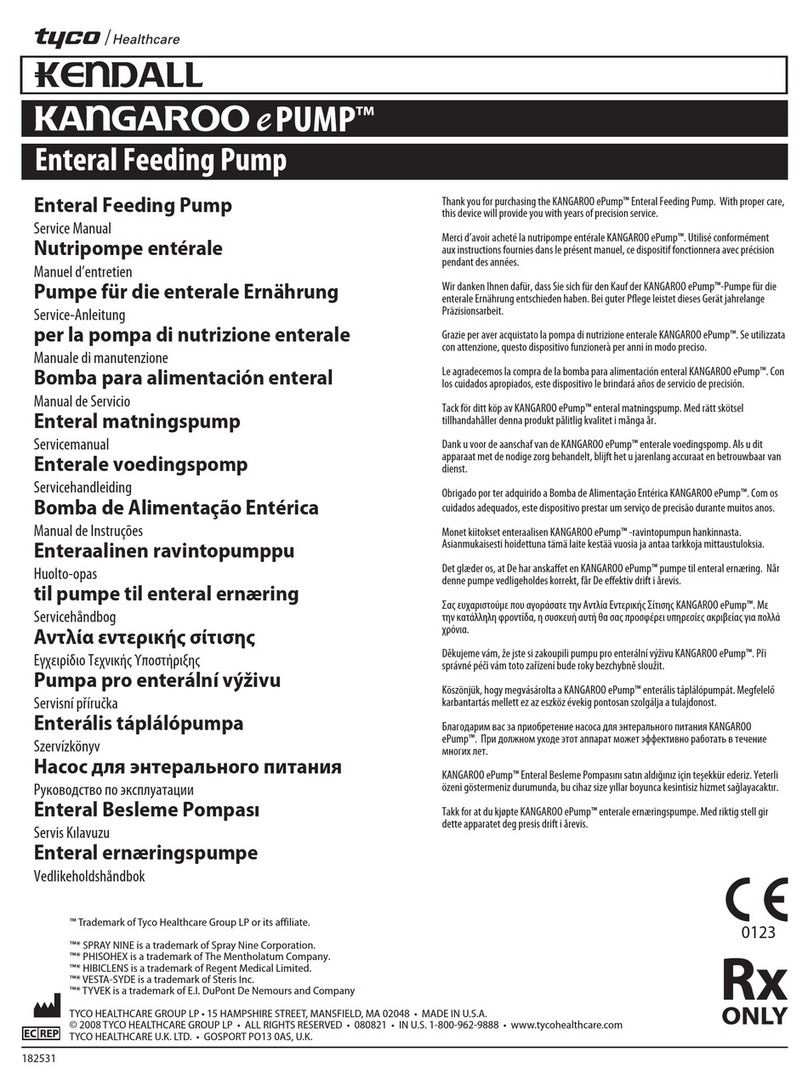
SECTION
i
CONTENTS
1
General information
1.1 Safety considerations...................................................................................................1-1
1.2 Electromagnetic susceptibility......................................................................................1-2
1.3 Customer assistance ....................................................................................................1-2
1.4 How to use this manual...............................................................................................1-2
1.4.1 Definitions...........................................................................................................1-3
1.4.2 Using the manual to troubleshoot the KnightStar 330..........................................1-3
1.5 General product description ........................................................................................1-3
1.6 Configuration information...........................................................................................1-4
1.7 Accessories ..................................................................................................................1-4
1.8 Specifications ..............................................................................................................1-5
1.9 Compliance and approvals ..........................................................................................1-8
1.10 Breathing modes and settings ..................................................................................1-9
1.11 Initial factory settings .............................................................................................1-11
1.12 Controls, indicators, and symbols ............................................................................1-12
1.13 Onscreen symbols and abbreviations.......................................................................1-21
1.14 Ventilator serial numbers and software version ........................................................1-22
1.15 Tools, equipment, and service materials ..................................................................1-22
1.16 Periodic maintenance .............................................................................................1-24
1.17 Spare parts ..............................................................................................................1-24
1.18 Service philosophy ..................................................................................................1-25
2
Theory of operation
2.1 Ventilator components ................................................................................................2-1
2.2 Operational overview ..................................................................................................2-2
2.2.1 Operating modes ................................................................................................2-3
2.2.2 Breathing modes .................................................................................................2-4
2.3 Breath delivery ............................................................................................................2-5
2.4 Breath detection..........................................................................................................2-6
2.4.1 Expiratory sensitivity............................................................................................2-6
2.4.2 Inspiratory sensitivity ...........................................................................................2-7
2.4.3 Rise time .............................................................................................................2-7
2.5 External battery operation ...........................................................................................2-8
2.6 Safety features .............................................................................................................2-9
2.6.1 Overcurrent protection........................................................................................2-9
2.6.2 Controls protection .............................................................................................2-9
2.6.3 Power off protection............................................................................................2-9
2.6.4 Maximum pressure..............................................................................................2-9
2.6.5 Audible alarms.....................................................................................................2-9
2.6.5.1 High priority alarm ....................................................................................2-9
KnightStar 330 Service Manual Y-102942-00A Rev. G (03/04)






























